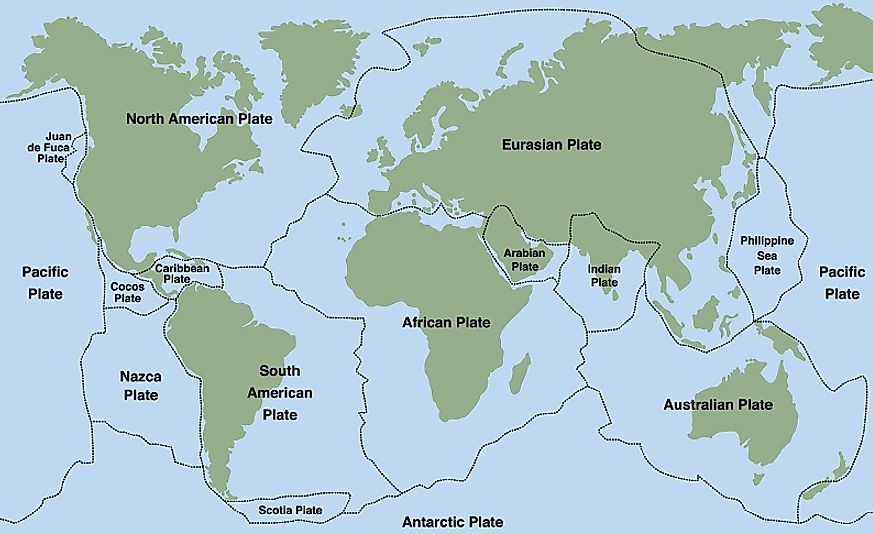A fascinating overview Laura, thank you. I have the book on order and am looking forward to getting stuck into it.
Have you or other members come across the series
TRADITIONAL COSMOLOGY: THE GLOBAL MYTHOLOGY OF COSMIC CREATION in 6 volumes by comparative and historical linguistics graduate Marinus Anthony van der Sluijs? All volumes are available in paperback via Lulu.com (there are rogue hardback copies on Amazon at extortionate prices which he angrily disavows).
From his website:
My research interests are very diverse, but the dominant theme is the history of cosmology, in which 'cosmology' is defined in the widest sense as knowledge about the structure, workings and origins of the natural world on all levels, including astronomy, geology and biology. Of special interest to me are the earlier or more archaic sources, such as 'ancient' astronomy and global mythology, and more unusual occurrences, such as transient natural events. These may range from relatively mundane earthquakes and solar eclipses to worldwide testimony of a time when the sky looked vastly different than it does today.
He is influenced by plasma cosmology, catastrophism, and awareness of other very ancient systemic changes in the natural environment observed by humans and recorded as myth. I have only read Vol 1& 2 and some years back now but what I remember valuing was his decision to allow the consistent strands of multiple myths to stand on their own value system making no attempt to interpret other than to collate and categorize and through this identify consistent and repeating motifs from around the world. He commences at the earliest sources and moves as follows through the first 4 volumes:
1. formation The cosmos develops from a state of chaos, via the transitory stage of a fundamental enclosing particle, into a sheet system of sky, atmosphere, earth and underworld. The axis mundi emerges.
2. functions The basic properties of the axis muridi are discussed. These include connectivity, contiguity, centrality, vitality, lurninosity and conductivity.
3. differentiation The cosmos fragments in a variety of ways. Concentric rings or windings, layered heavens and underworids and cardinal directions develop around the axis mundi. The column or its extremities split into two or three. And holes are formed at the intersection of the column and the framework of the cosmos.
4. disintegration The cosmos disintegrates through a number of catastrophic events. The axis mundi is disrupted. The regions of the cosmos are freshly populated, mythical beings depart from the earth and the mythical era is ended. The future will bring a repetition of the epic of past creation and destruction.
Volume 5 documents a large number of traditions concerning unusual and often undesirable properties and activities of the sun and moon. To name just a few examples, prominent beliefs were that the moon was originally brighter than the sun and that the earth once succumbed to the heat caused by the sun's former proximity, its greater strength, its failure to move or the appearance of multiple luminaries.
Volume 6 offers a miscellany of traditions. Salient examples are the beliefs that the seasonal cycle was not always stable, that the morning or evening star used to be a comet or meteor, that objects or deities fell out of the sky, that the earth once turned over or changed places with the sky, that fossils are the remains of former giants and that specific areas now under water were originally dry land.
The attached gives the indexes to all six volumes. Many of the subject titles may be of interest as further material to the above.
If of value I will rework through the volumes I have an include materials in this thread. But if off specific topic please say so or ignore.

